Manneken Pis
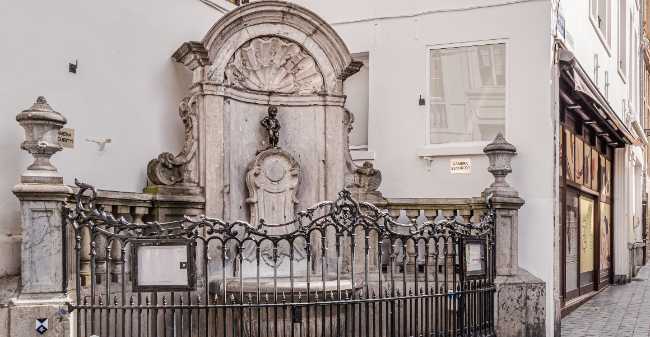
Just a few steps from the Grand Place, Manneken Pis is one of Brussels’ most beloved and quirky icons. This small bronze statue of a urinating boy, created by Jérôme Duquesnoy the Elder in 1619, has become a symbol of the city’s irreverent spirit and sense of humour. Though only 55.5 cm tall, Manneken Pis has a towering reputation, inspiring countless legends—most famously, that he saved the city by extinguishing a fuse with his urine during a siege. Originally part of the city’s water distribution system, the statue has evolved into a folkloric figure with a wardrobe of over 1,000 costumes, regularly changed to mark special occasions. The original sculpture is preserved in the Museum of the City of Brussels, while a replica continues to delight passersby at the corner of Rue de l'Étuve and Rue du Chêne. Manneken Pis is more than a fountain—it’s a cheeky emblem of Brussels’ identity, blending history, humour, and a touch of rebellion in one unforgettable figure.
Brussels BelgiumManneken Pis is located in central Brussels at the junction of Rue de l'Étuve (Stoofstraat) and Rue du Chêne (Eikstraat), just a five-minute walk from the Grand Place. This famous 17th-century bronze statue of a little boy urinating into a fountain has become one of the most beloved and quirky symbols of Brussels, celebrated for its playful spirit and local legends. The area surrounding Manneken Pis is lively and filled with attractions: the Grand Place, with its ornate guildhalls and Town Hall, is just around the corner, while the Museum of the City of Brussels (in the King's House on the Grand Place) displays the statue’s original version and an extensive wardrobe of costumes. The GardeRobe MannekenPis museum, located on the same street as the statue, showcases over a thousand outfits worn by Manneken Pis for various festivities. The neighborhood is also home to bustling cafés, chocolate shops, and souvenir stores, making it a vibrant stop for visitors exploring Brussels’ historic core.
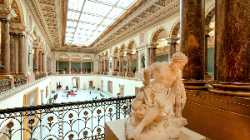 Royal Museums of Fine Arts of Belgium
Brussels
Royal Museums of Fine Arts of Belgium
Brussels
 Magritte Museum
Brussels
Magritte Museum
Brussels
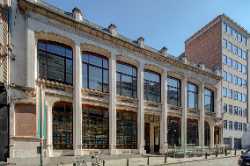 Belgian Comic Strip Center
Brussels
Belgian Comic Strip Center
Brussels
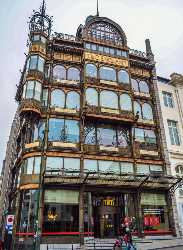 Musical Instruments Museum
Brussels
Musical Instruments Museum
Brussels
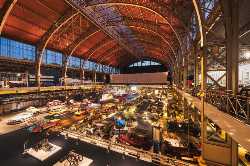 Autoworld
Brussels
Autoworld
Brussels
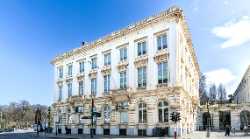 BELvue Museum
Brussels
BELvue Museum
Brussels
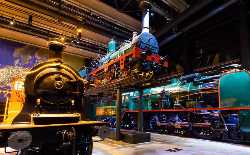 Train World
Brussels
Train World
Brussels
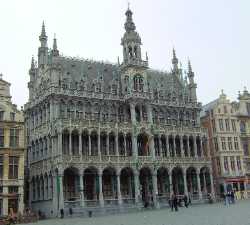 Museum of the City of Brussels
Brussels
Museum of the City of Brussels
Brussels
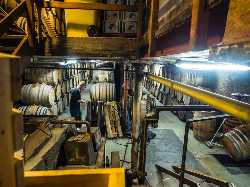 Brouwerij Cantillon
Brussels
Brouwerij Cantillon
Brussels
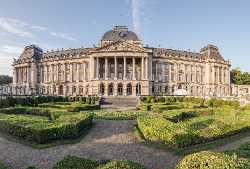 Royal Palace of Brussels
Brussels
Royal Palace of Brussels
Brussels
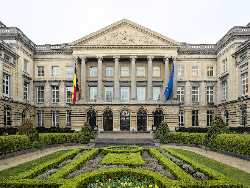 Palace of the Nation
Brussels
Palace of the Nation
Brussels
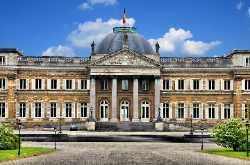 Castle of Laeken
Brussels
Castle of Laeken
Brussels
 La Monnaie
Brussels
La Monnaie
Brussels
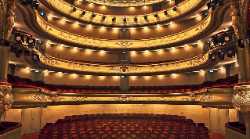 Théâtre Royal du Parc
Brussels
Théâtre Royal du Parc
Brussels
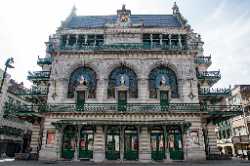 Royal Flemish Theatre
Brussels
Royal Flemish Theatre
Brussels
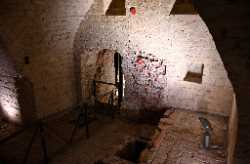 Palais du Coudenberg
Brussels
Palais du Coudenberg
Brussels
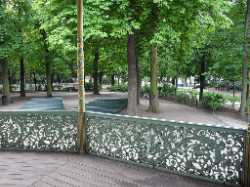 Parc de Bruxelles
Brussels
Parc de Bruxelles
Brussels
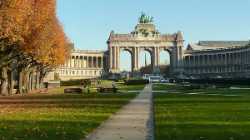 Parc du Cinquantenaire
Brussels
Parc du Cinquantenaire
Brussels
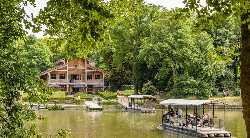 Bois de la Cambre
Brussels
Bois de la Cambre
Brussels
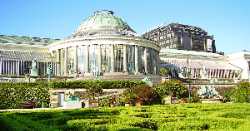 Botanical Garden of Brussels
Brussels
Botanical Garden of Brussels
Brussels
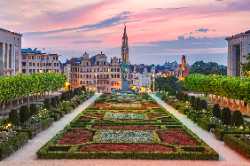 Mont des Arts Garden
Brussels
Mont des Arts Garden
Brussels
 Grand Place
Brussels
Grand Place
Brussels
 Atomium
Brussels
Atomium
Brussels
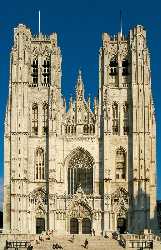 Saint Michael and Saint Gudula Cathedral
Brussels
Saint Michael and Saint Gudula Cathedral
Brussels
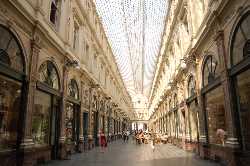 Galeries Royales Saint-Hubert
Brussels
Galeries Royales Saint-Hubert
Brussels
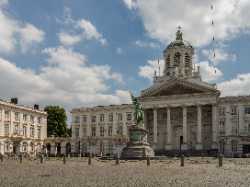 Place Royale
Brussels
Place Royale
Brussels
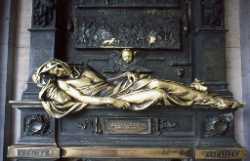 Statue of Everard t'Serclaes
Brussels
Statue of Everard t'Serclaes
Brussels
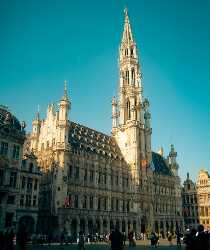 Brussels Town Hall
Brussels
Brussels Town Hall
Brussels
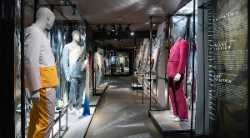 Fashion & Lace Museum
Brussels
Fashion & Lace Museum
Brussels
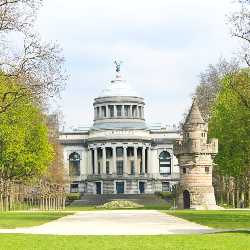 Art & History Museum
Brussels
Art & History Museum
Brussels
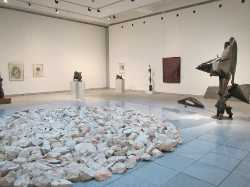 Old Masters Museum
Brussels
Old Masters Museum
Brussels
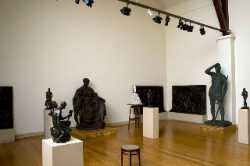 Constantin Meunier Museum
Brussels
Constantin Meunier Museum
Brussels
 Wiertz Museum
Brussels
Wiertz Museum
Brussels
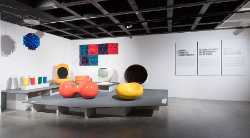 Design Museum Brussels
Brussels
Design Museum Brussels
Brussels
 House of European History
Brussels
House of European History
Brussels
 Jewish Museum of Belgium
Brussels
Jewish Museum of Belgium
Brussels
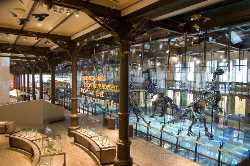 Royal Belgian institute of Natural Sciences
Brussels
Royal Belgian institute of Natural Sciences
Brussels
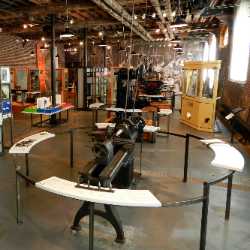 Brussels Museum of Industry and Labour
Brussels
Brussels Museum of Industry and Labour
Brussels
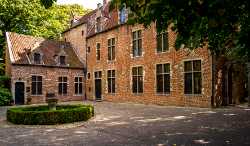 Erasmus House
Brussels
Erasmus House
Brussels
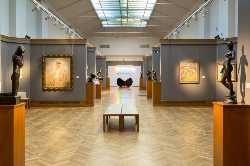 Museum of Ixelles
Brussels
Museum of Ixelles
Brussels
 Van Buuren Museum & Garden
Brussels
Van Buuren Museum & Garden
Brussels
 Choco-Story Brussels
Brussels
Choco-Story Brussels
Brussels
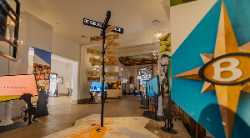 Belgian Brewers Museum
Brussels
Belgian Brewers Museum
Brussels
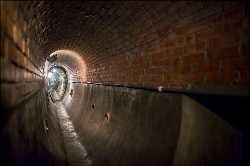 Sewer Museum
Brussels
Sewer Museum
Brussels
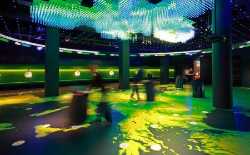 Parlamentarium
Brussels
Parlamentarium
Brussels
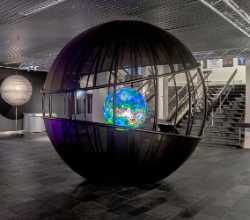 Royal Observatory of Belgium
Brussels
Royal Observatory of Belgium
Brussels
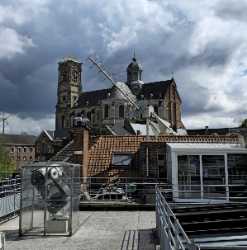 MIRA Public Observatory
Brussels
MIRA Public Observatory
Brussels
 Atelier 34zero Muzeum
Brussels
Atelier 34zero Muzeum
Brussels
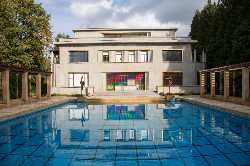 Boghossian Foundation
Brussels
Boghossian Foundation
Brussels
 BOZAR
Brussels
BOZAR
Brussels
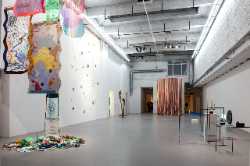 Centrale for contemporary art
Brussels
Centrale for contemporary art
Brussels
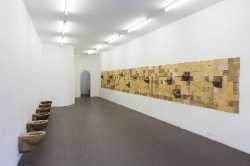 Etablissement d’en face
Brussels
Etablissement d’en face
Brussels
 Eté 78
Brussels
Eté 78
Brussels
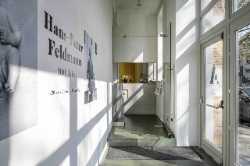 Fondation A Stichting
Brussels
Fondation A Stichting
Brussels
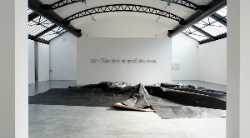 Fondation CAB
Brussels
Fondation CAB
Brussels
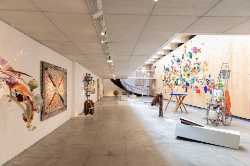 Galila’s P.O.C.
Brussels
Galila’s P.O.C.
Brussels
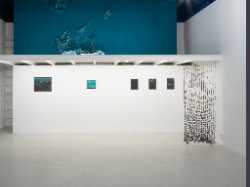 Moonens Foundation
Brussels
Moonens Foundation
Brussels
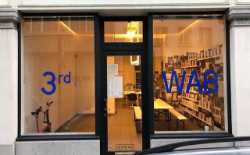 n0dine
Brussels
n0dine
Brussels
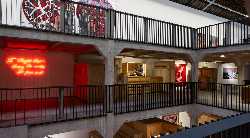 Vanhaerents Art Collection
Brussels
Vanhaerents Art Collection
Brussels
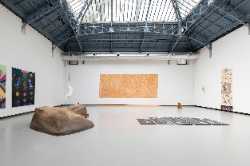 La Verrière
Brussels
La Verrière
Brussels
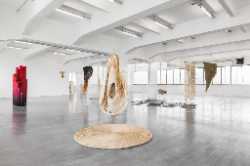 Wiels
Brussels
Wiels
Brussels
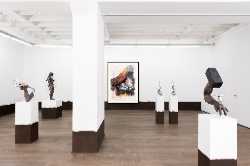 Rodolphe Janssen
Brussels
Rodolphe Janssen
Brussels
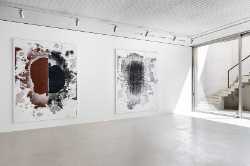 Xavier Hufkens
Brussels
Xavier Hufkens
Brussels
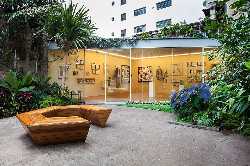 Mendes Wood DM
Brussels
Mendes Wood DM
Brussels
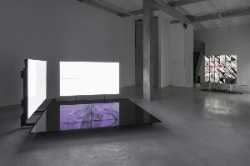 Harlan Levey Projects
Brussels
Harlan Levey Projects
Brussels
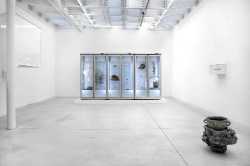 Meessen De Clercq
Brussels
Meessen De Clercq
Brussels
 Galerie Greta Meert
Brussels
Galerie Greta Meert
Brussels
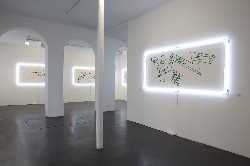 Galerie Nathalie Obadia
Brussels
Galerie Nathalie Obadia
Brussels
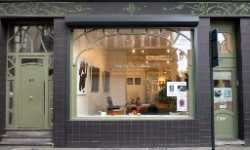 Espace Art Gallery
Brussels
Espace Art Gallery
Brussels
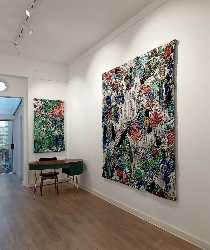 Galerie d’YS
Brussels
Galerie d’YS
Brussels
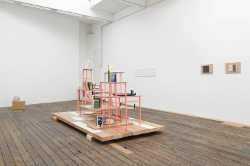 Galerie VidalCuglietta
Brussels
Galerie VidalCuglietta
Brussels
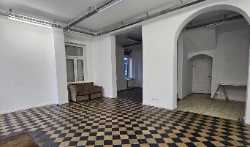 ZSenne artlab
Brussels
ZSenne artlab
Brussels
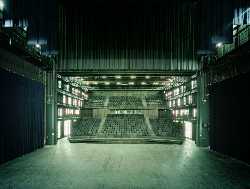 Théâtre National Wallonie-Bruxelles
Brussels
Théâtre National Wallonie-Bruxelles
Brussels
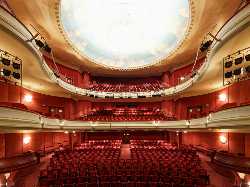 Théâtre Des Galeries
Brussels
Théâtre Des Galeries
Brussels
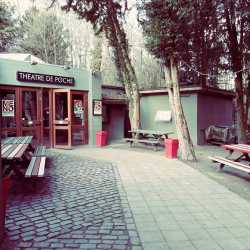 Théâtre de Poche
Brussels
Théâtre de Poche
Brussels
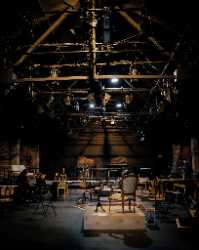 Théâtre Varia
Brussels
Théâtre Varia
Brussels
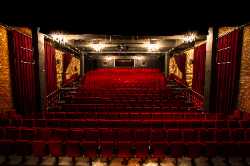 Théâtre Le Public
Brussels
Théâtre Le Public
Brussels
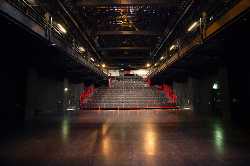 Théâtre Les Tanneurs
Brussels
Théâtre Les Tanneurs
Brussels
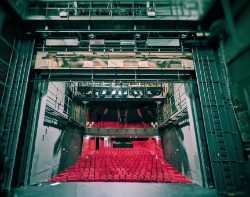 Théâtre des Martyrs
Brussels
Théâtre des Martyrs
Brussels
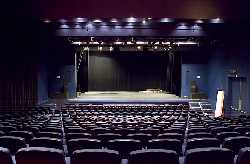 Le 140
Brussels
Le 140
Brussels